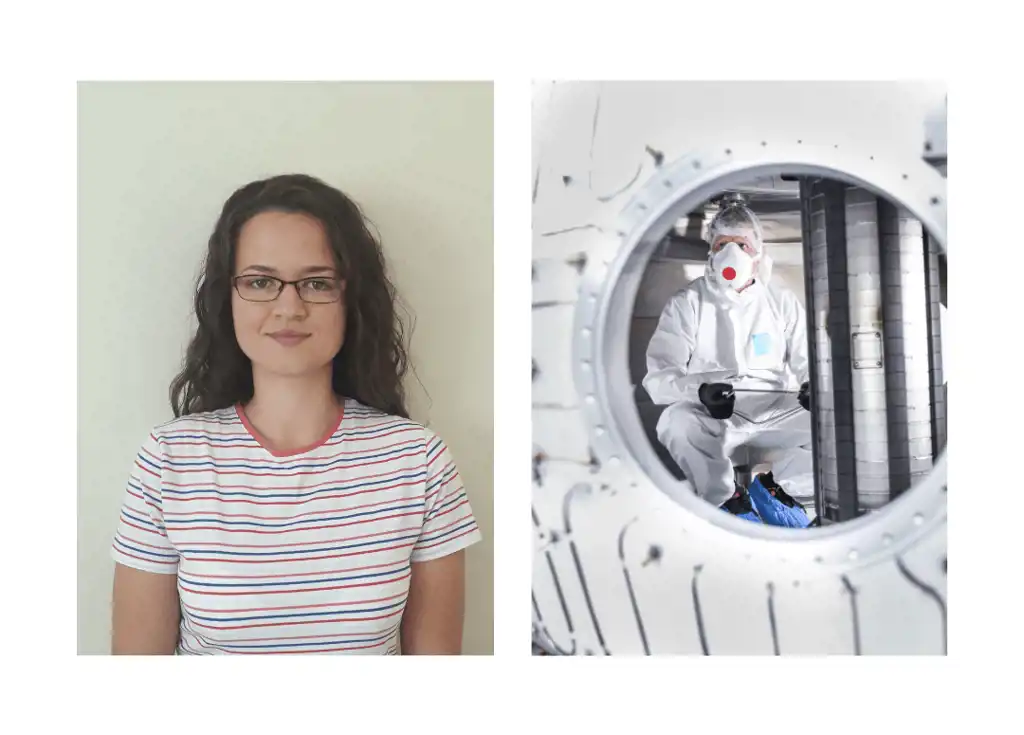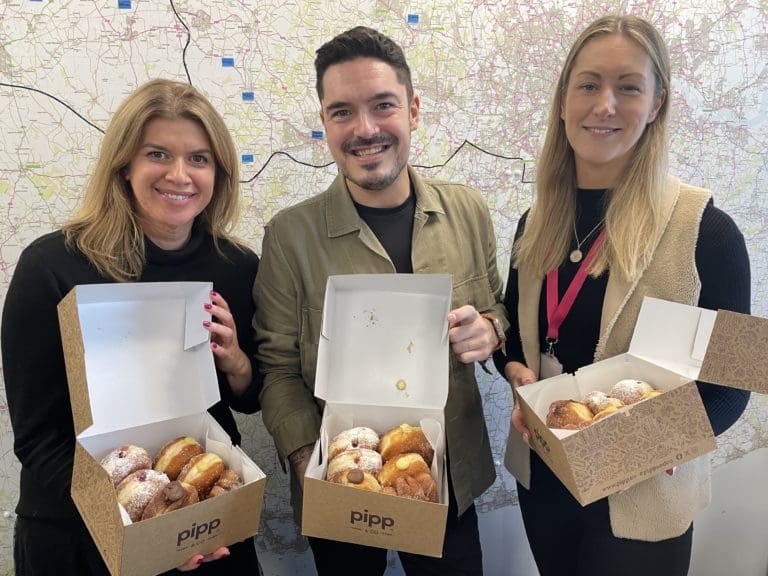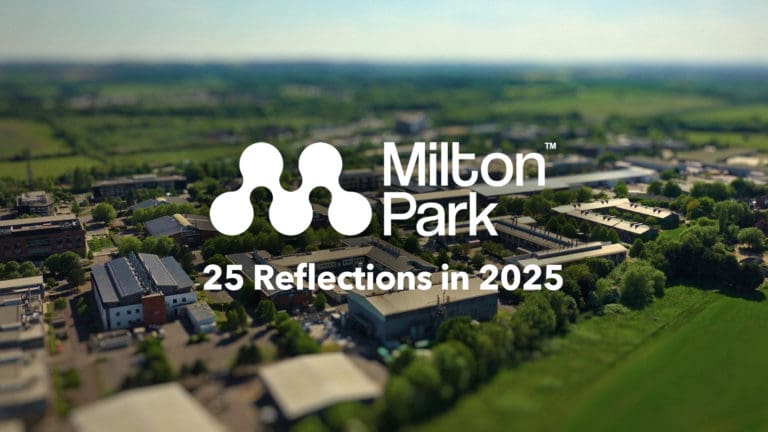19 January 2022
Park People: A Day in the life of Hannah Willett, Plasma Diagnostician at Tokamak Energy
Back to results
This month, we spoke to Hannah Willett, Plasma Diagnostician at Tokamak Energy – learning more about how she’s always dreamed about working in fusion energy and how her childhood ambitions are coming true at Milton Park.
What can you tell us about Tokamak Energy?
Well, Tokamak Energy is one of a few fairly small – but growing fusion energy companies. In short, fusion is what powers the sun, so our goal as a team is to create a form of clean and sustainable energy that is naturally, very very hot!
At Tokamak, we have an experimental reactor (also called a tokamak) working towards creating this energy from fuel that is over 100 million degrees Celsius. For reference, the Sun is 15 million degrees Celsius… so quite toasty!
When it’s this hot the fuel is in a plasma state and it’s important to figure out its behaviour; seeing if we can get the plasma hot enough, dense enough and in the right conditions to create the energy that we want.
In short, we’re working to create sustainable energy using a method that is even hotter than the sun.
What does your role as Plasma Diagnostician involve?
I tend to separate my days into two different kinds: operating and non-operating. When there’s an operating day, we can’t work on any instruments directly because of the safety procedures. We have a concrete shield around the tokamak which is really important – it’s not something you’d want to get too close too when it’s switched on!
I’m closely following what’s happening while the tokamak is on. With an experiment like this, things change from pulse to pulse, so I’ll spend much of my days analysing the data that comes through, checking our recording instruments are working and are taking down the information that we need, and working with a team of other physicists around me.
A big part of what I do is spectroscopy (the study of wavelengths) – so I’ll be paying close attention to the light that comes out of the plasma within the tokamak. The patterns help us understand the temperature within the tokamak. Ideally, we want to be hitting over 100 million degrees Celsius; this kind of heat will help to demonstrate that fusion energy is possible and that we can get the kind of temperatures that we need.
When we’re not operating, I’m carrying out any maintenance that needs to be completed on my instruments on the tokamak, changing instruments around and installing any parts that are needed ahead of the next operating day.
What do you enjoy most about working at Tokamak?
I always loved Physics at school and was really into my sciences, so I knew this was the field I wanted to go into. I did learn about fusion energy at school, though on a much more basic level and even from then I thought ‘this is cool – I’d love to do this’.
I studied for my PhD in Plasma Physics and Fusion Energy at the University of York and graduated in 2018; my education has been closely geared to working in fusion energy. After completing my studies, I took a career break to teach in the USA, but knew I wanted to come back and work at a company like Tokamak. Being able to realise my childhood dream is really exciting and it’s great to be able to do that at Tokamak.
And finally… what do you enjoy most about working on Milton Park?
Milton Park is a very forward-thinking place, which is important when you work for a science company that is constantly innovating. The Park has a great range of facilities and the open spaces are lovely for a lunchtime walk, too.
As someone who commutes from Bristol, what I appreciate the most is the connectivity. The Park is a stone’s throw away from Didcot Parkway station and the Milton Park bus pass scheme means I can get from the station to the Park for £20 per year.



